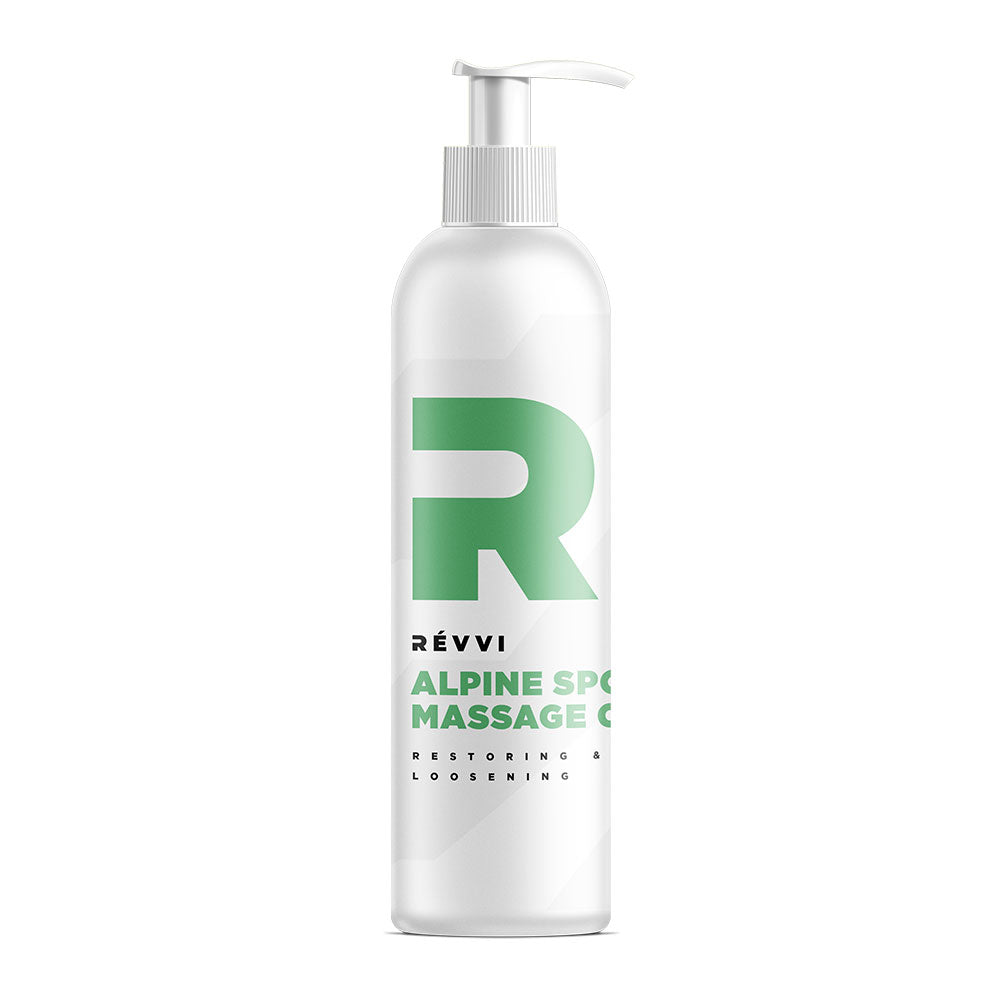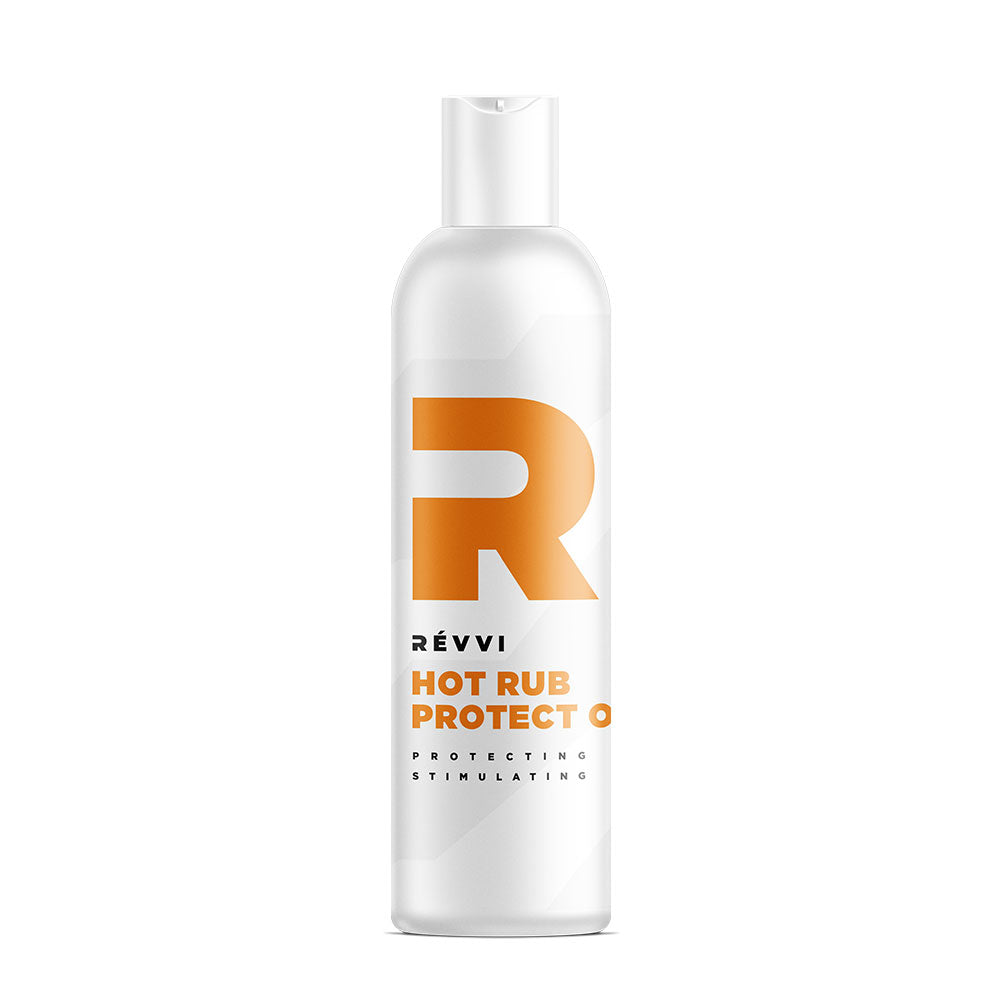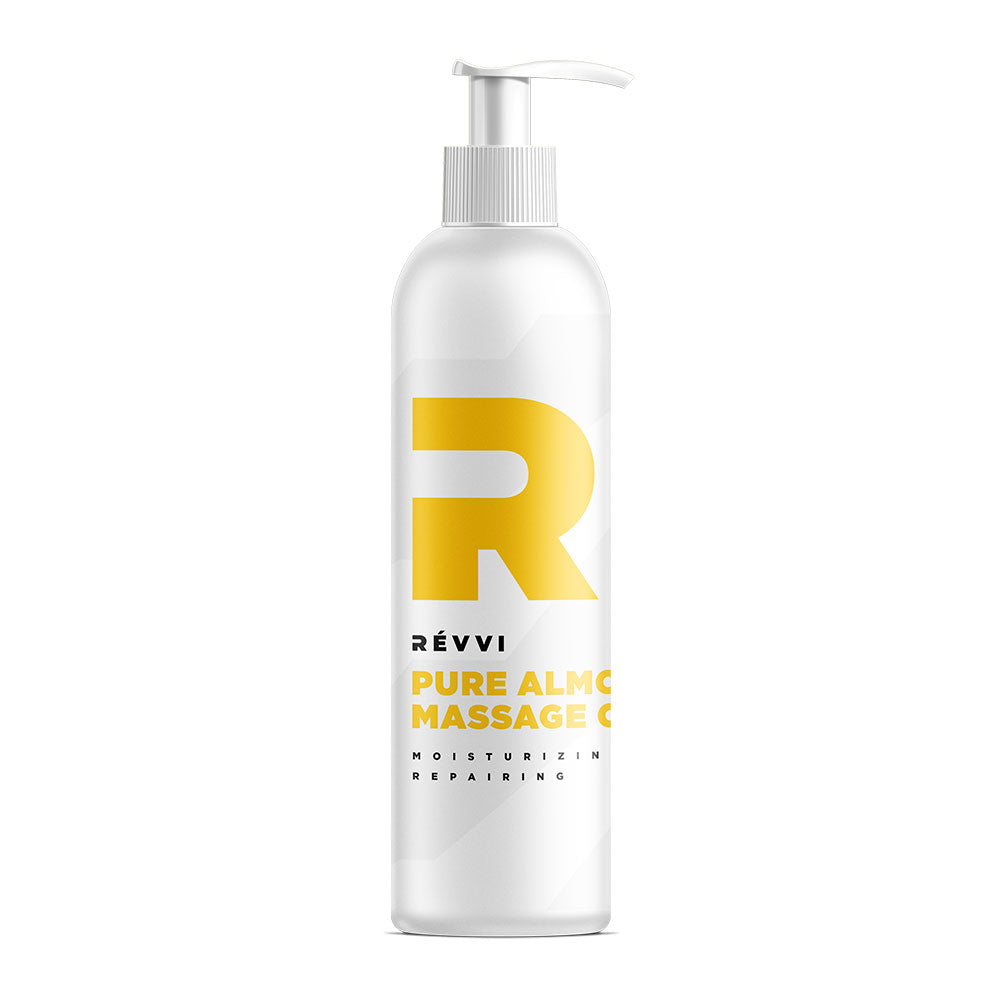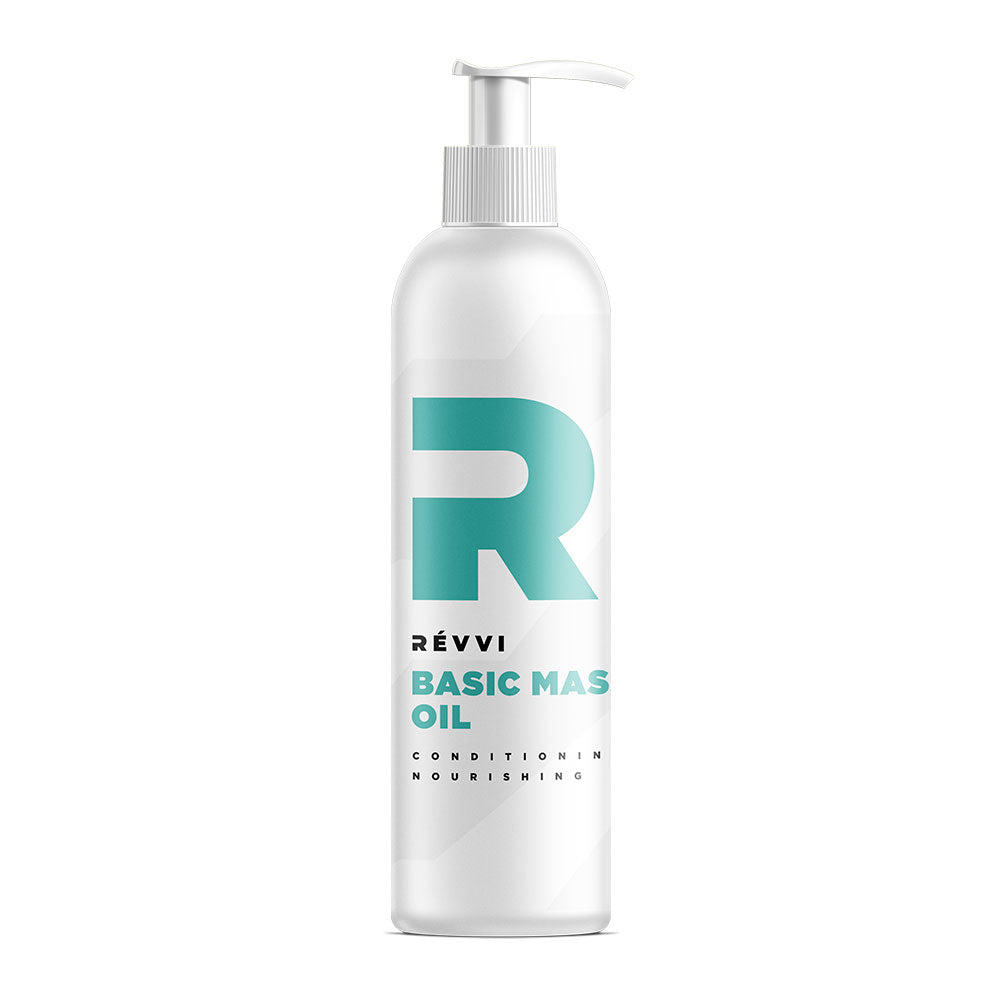WHY SPORTS MASSAGE
No athlete wants to get injured! The smallest injury affects the performance, delays training schedules and consequently leads to missing a game or competition.
When muscles are pushed to the limit during high-intensity training, the risk of getting injured will increase. Especially for a recurring injury, there's a risk it will turn into a chronic, permanent state.
Massage therapy has come a long way, from wellness treatments over specialized therapies to specific sports massages. Recent research has demonstrated that massage therapy is making significant progress in preventing injuries.
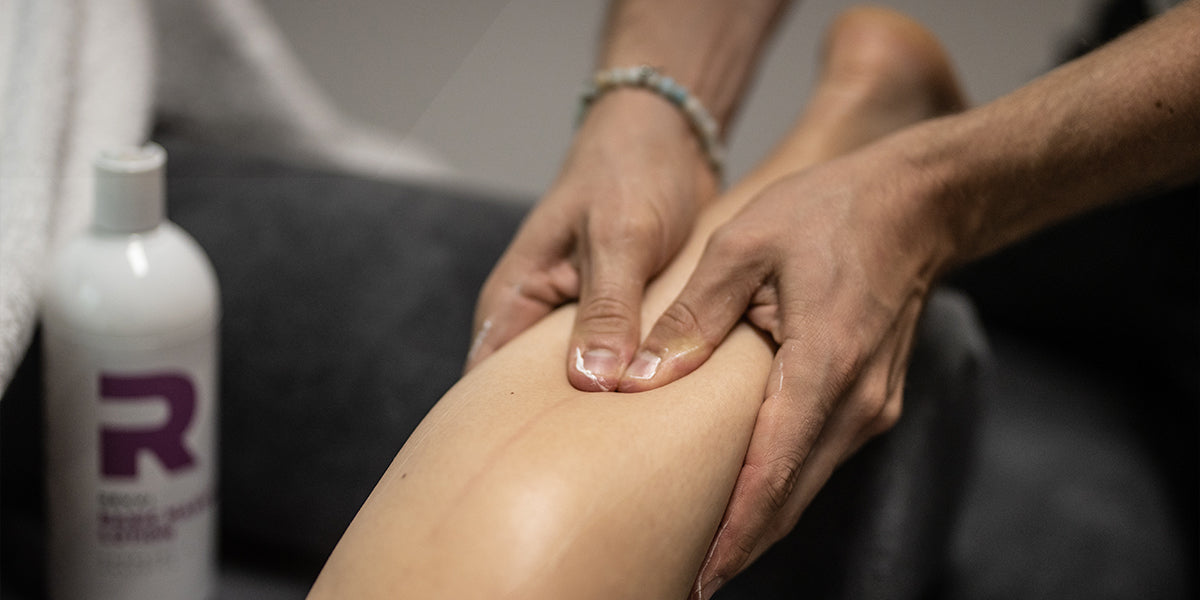
WHAT IS A SPORTS MASSAGE
Despite its name, this form of massage is not only for athletes, every individual can benefit from it!
A sports massage aims to prevent injuries, treat injuries and relieve pain. In the long term, it can help to deliver top performance since sports massage allows the body to function optimally.
After all, a sports massage has physical, mental and emotional benefits.
WHAT DOES IT DO
A sports massage not only supports muscle recovery and will not only reduces the risk of injuries, it also improves blood circulation and counteracts stress. It is a great way to reduce mental tension and relax completely after (strenuous) exercising. A good massage can restore the mobility of injured muscle tissue and will reduce fatigue.
During exercise, “micro-tears” are generated in the cells of the muscles that can lead to inflammation. (Sports) massages improve the local blood supply to these areas, which positively affects the recovery process. Researchers (1) report that after an intense workout, a massage stimulate the growth of mitochondria (the “powerhouses” in our cells that convert nutrients into usable energy) resulting in stronger muscles.
“Energy is EVERYTHING for an athlete and oxygen is EVERYTHING for the body.”
The same researchers report that a deep-acting massage after exercise increases the number of mitochondria more than when no massage was applied. Increasing mitochondria will improve endurance by increasing the “transport speed” at which muscles are using oxygen. In addition, the same study showed that the mobility of the muscles increases and the recovery time between activities shortens.
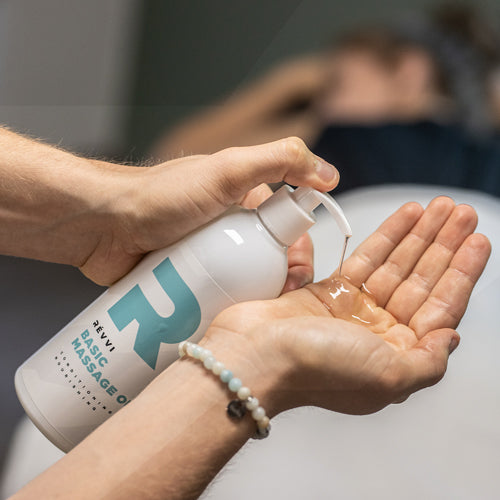
BENEFITS
Ask a sports masseur what he thinks about a sports massage and he / she will say it is fantastic! Ask the same question to a scientist and they will say the scientific benefits are still being researched.
What is certain is that massage is one of the best techniques for the recovery of tired muscles and for the recovery of delayed muscle soreness (Delayed Onset Muscle Soreness - DOMS); especially in comparison with cryotherapy, the use of compression clothing and electro stimulation (2 + 3)
SPORT MASSAGE TECHNIQUES
It is a misperception that a sports massage is synonymous to a deep tissue massage.
Sports massage is the "umbrella term" that covers various techniques such as:
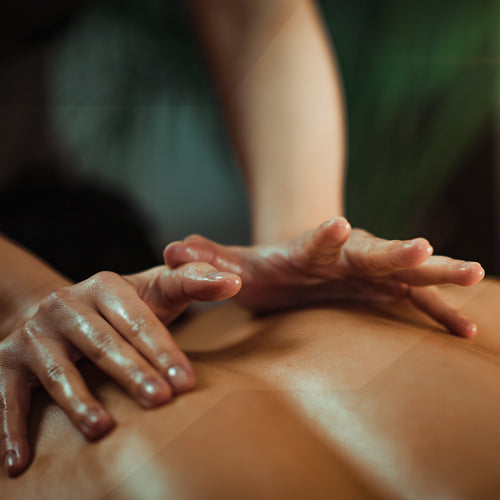
EFFLEURAGE
Intermittent technique where the palm moves deep into the muscles to push blood away from a specific area.
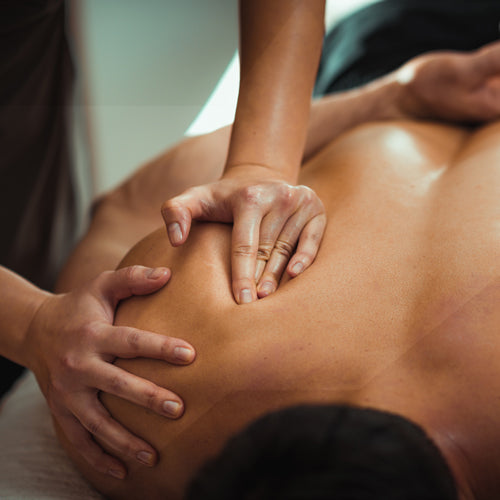
PETRISSAGE
Kneading movements that exert more pressure on the muscles and tissue and normalizes muscle tensions.
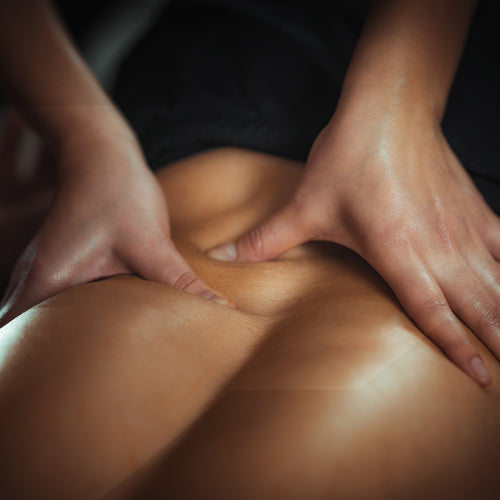
FRICTION
Friction technique used to drive away small muscle hardening with a constant pressure and to make the muscles flexible.
A massage doesn't have to be painful to be good! There is a fine line between pain and discomfort and it varies from individual to individual. Slight nuisance after a massage is acceptable. It can even reveal certain muscle weaknesses that require action for strengthening, but the discomfort should be gone after 48 hours. With a good massage, the body can even feel completely “new”.
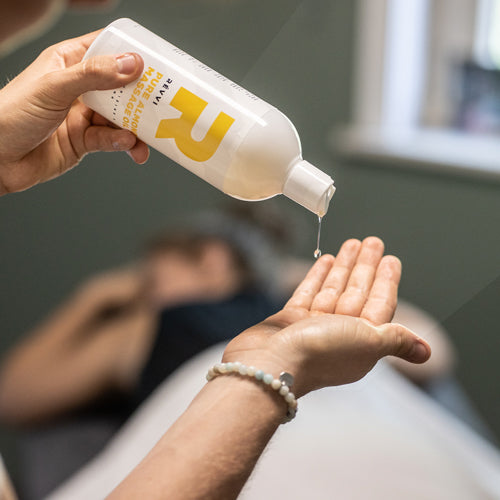
EVEN MORE BENEFITS
During a massage, muscles receive the most attention, many people report a feeling of pure relaxation, increased attention and an improved mood (4) after receiving a massage. It is correct to say that athletes experience both physical and psychological benefits from a good sports massage.
Several studies by the US National Center for Biotechnology Information show that massage therapy (5):
• Lowers heart rate and blood pressure.
• Shortens the recovery time after injury.
• Supports in healing from injuries.
• Takes fears away
• Improves mood conditions.
• Relieves muscle aches and tensions.
• Accelerates the healing of connective tissue which promotes muscle flexibility.
• Stabilizes the cortisol level (cortisol is a stress hormone, comparable to adrenaline).
• Increases blood flow throughout the body, transporting nutrients and oxygen.
SOURCES
(1) Rejuvenate Your Cells by Growing New Mitochondria
> VIEW THE SOURCE
(2) JE Hilbert, GA Sforzo, T Swensen PhD, Department of Exercise & Sport Sciences, Center for Health Sciences, Ithaca, NY 14850, USA
> VIEW THE SOURCE
(3) Wafa Douzi, Dimitri Theurot, Laurent Bosquet, and Benoit Dugué : An Evidence-Based Approach for Choosing Post-exercise Recovery Techniques to Reduce Markers of Muscle Damage, Soreness, Fatigue, and Inflammation
> VIEW THE SOURCE
(4) Jason Brummitt, MSPT, SCS, ATCa: The Role of Massage in Sports Performance and Rehabilitation. Current Evidence and Future Direction
> VIEW THE SOURCE
(5) Izreen Supa'at, Zaiton Zakaria, Oteh Maskon, Amilia Aminuddin, Nor Anita Megat Mohd Nordin : Effects of Swedish massage therapy on blood pressure, heart rate, and inflammatory markers in hypertensive women
> VIEW THE SOURCE
(6) Massage therapy can help improve sleep
> VIEW THE SOURCE


